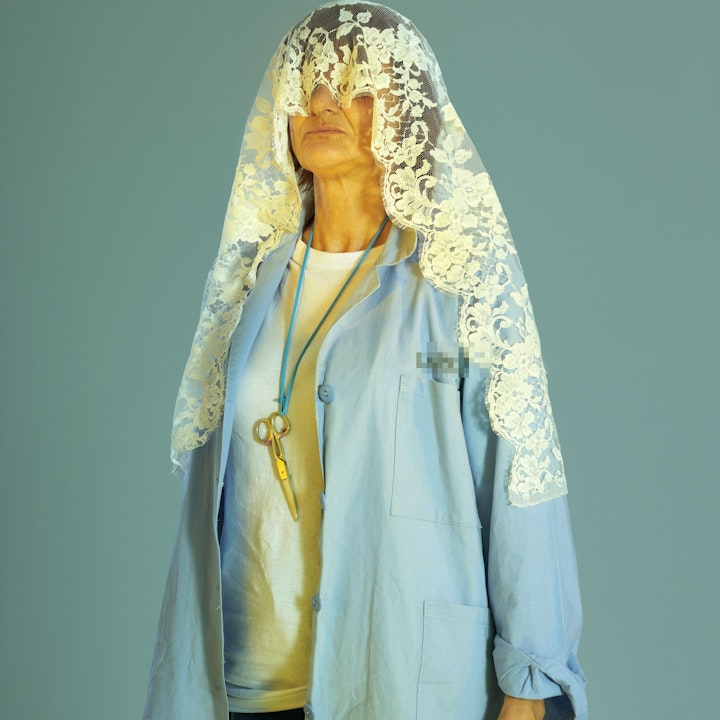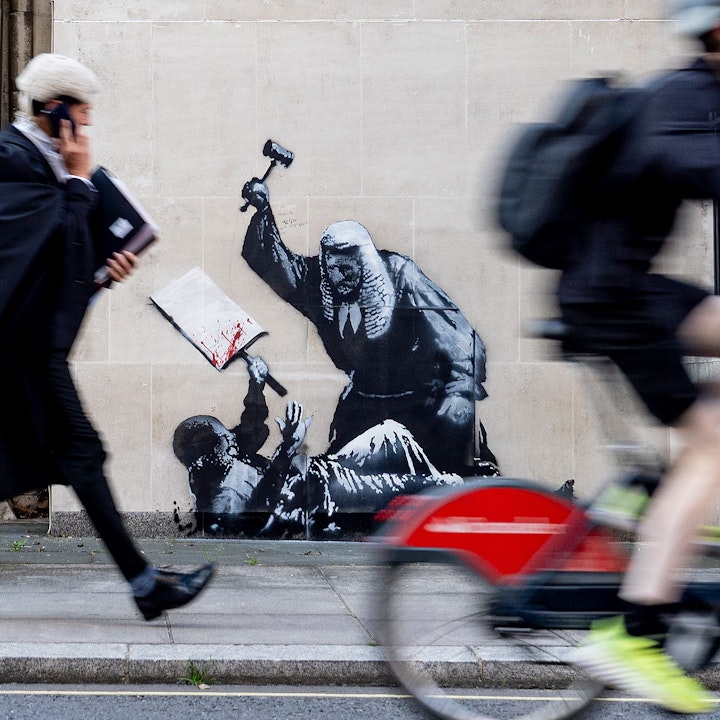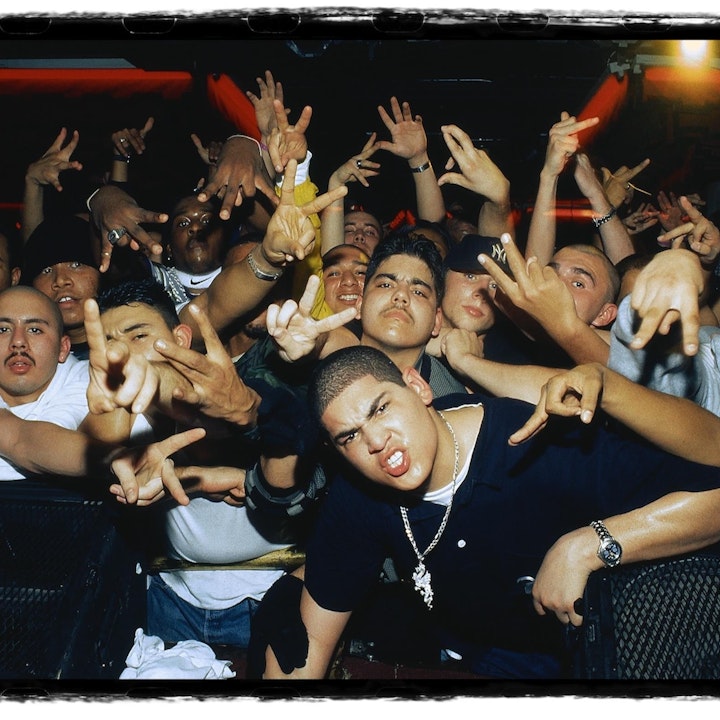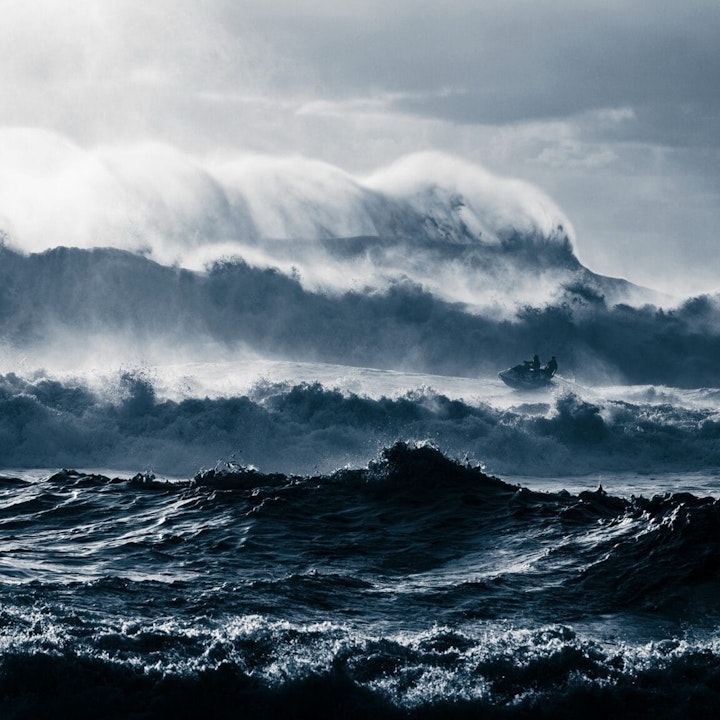Conveying The Mood
Benjamin Rozario, Colourist, UK
Benjamin Rozario is a London-based Blackmagic Design DaVinci Resolve colourist for branded content, documentaries, promos, short films and TV. He is passionate about colour and has an impressive roaster of clients including Apple, Beats by Dre, Canon, i-D, Nike, Pandora, Refinery29, Stella McCartney, Tate, Vice and YouTube.
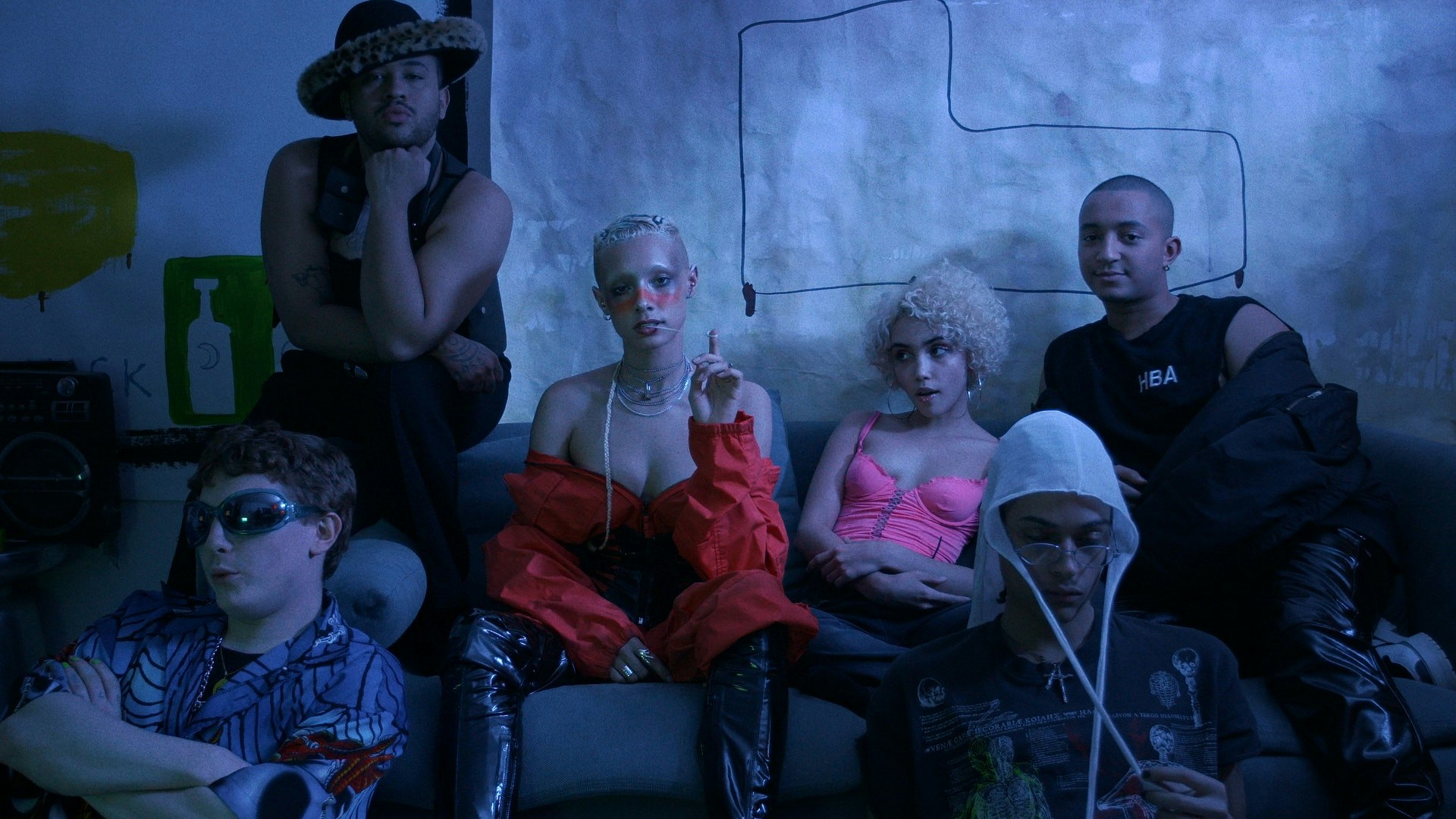
Fabrik: Hi Benjamin, we're so happy to have you as our next Maker. We’d love for you to share a little bit more about yourself and what compelled you to pursue a career as a colourist. How did you get into the field?
Benjamin Rozario: I've always been creative growing up. Running around with a video camera, filming and editing videos. It was this that led me to pursue film-making and study editing and post production at Ravensbourne University. I learnt a lot about craft editing during my degree but it also opened my eyes to the technical side of post production. During a work experience placement at Sequence Post Production, I had the opportunity to shadow colourist Robert Bates as he worked through a TV show. Just seeing how much impact a colourist could have on a project was so exciting! I really liked the combination of creative and technical work involved too. I knew it was for me!
Fabrik: What is colour grading? How do you describe what you do to people outside of the industry?
Benjamin Rozario: Colour grading is the process of adjusting the colour of an image to convey a certain mood, style or emotion. Generally to support a narrative but in the case of commercial work, colour grading is used to help showcase a product. It's a tricky one to explain to those outside of the industry as most people are unaware it even happens!
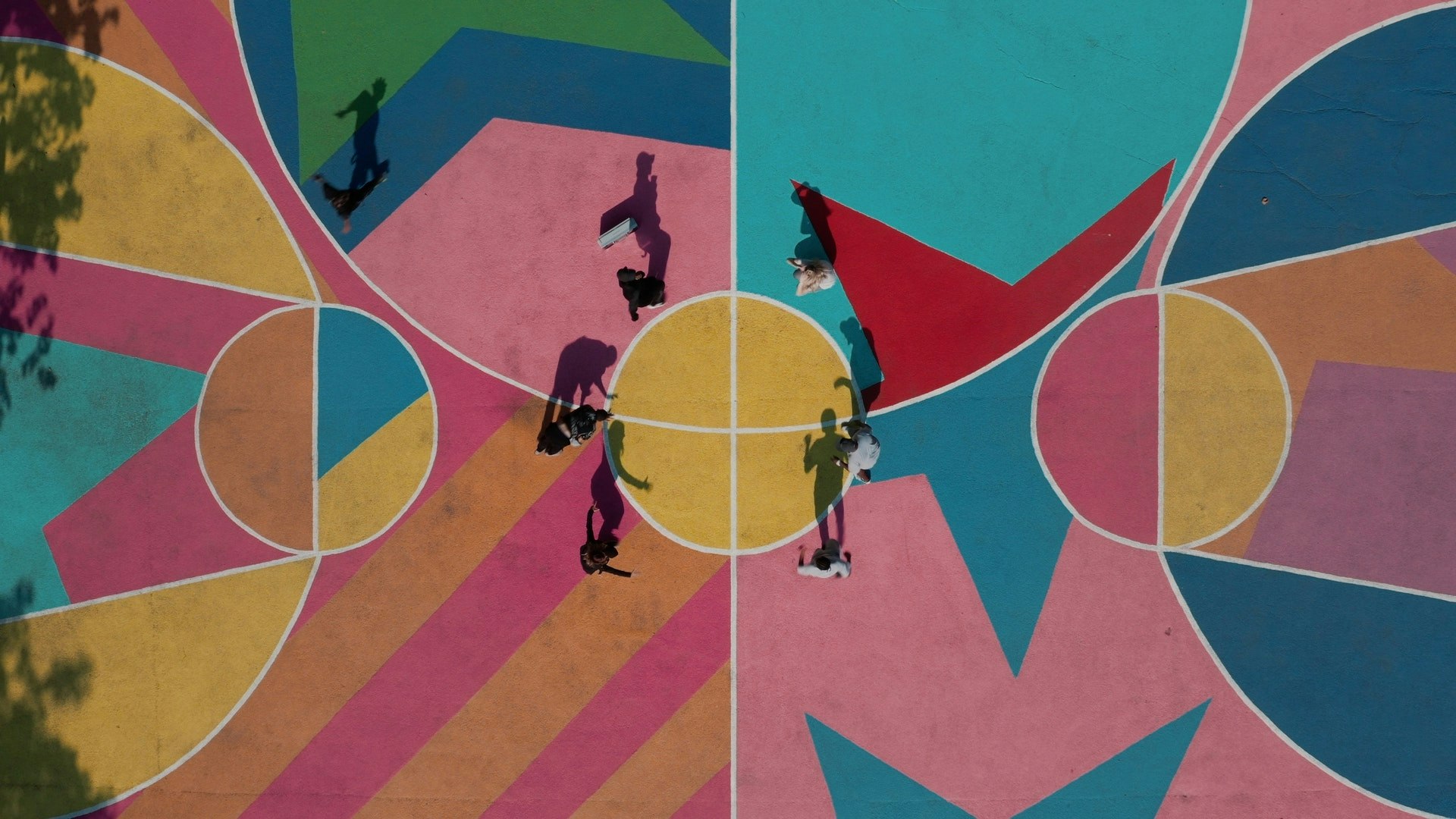
Fabrik: Could you offer us an insight into your creative process and how you use colour, tone and grade to convey context or emotion?
Benjamin Rozario: My creative process starts at the grade brief where I have a discussion with the client about the colour treatment for a project. It's also the point where I can make suggestions and share my own ideas too. In the grade, I'll always begin with a primary correction pass to set contrast levels, saturation and balance the images. From here I start to build the look of the film. I like to keep my initial adjustments fairly broad and as we go further into the grade, whittle down the image and start adding more specific secondary adjustments such as shapes and keys. I use a lot of shapes in my work. This could be adding pools of light in some areas of the image or darkening other parts to help direct the viewers attention. Adjusting the image texture is also an important part of the process. For example using noise reduction tools to clean up digital artefacts and using film grain samples to add more texture.
Fabrik: You have worked on multiple projects for i-D Magazine, what do you feel is key to building long-standing professional relationships with both clients and other creatives you work alongside?
Benjamin Rozario: I think the key to sustaining professional relationships is building trust with clients, being reliable and of course creating great pieces of work!

Fabrik: What do you enjoy most when collaborating with i-D Magazine? Have there been any specific highlights?
Benjamin Rozario: Working with the i-D team is always fun! I love their films and I'm grateful to have collaborated with them on so many projects. Working with talented directors and photographers such as Isolde Penwarden, Tom Ivin and Keziah Quarcoo has pushed me to become a better colourist. If I had to pick one highlight, I would say i-D Beyond Beauty x Jazzelle. It's a piece I coloured back in 2018 but is still one of my favourites. The narrative, rich visuals and dynamic pacing all make up for such a great watch!
Fabrik: Which creatives do you work with throughout the various stages of a project and what are the initial discussions?
Benjamin Rozario: For the majority of projects I'll be working with the director, director of photography and in the case of branded content, the lead creative. Before starting I always request a viewing copy of the film. Doesn't necessarily need to be a finished cut but a rough cut at least so I can better understand the project and get the ideas flowing. From here we can discuss the grade brief. If working in a suite with a client then of course this conversation is much easier. If I'm working remote then I'll try and jump on a call. I think it's much better this way. I find emailing removes the emotion and expression that a conversation can bring. Narrative, colour palette, mood and image texture are all points of discussion. References are very helpful too, especially when working with new clients. Projects on my website regularly get used as grade references, so I like to keep it updated.
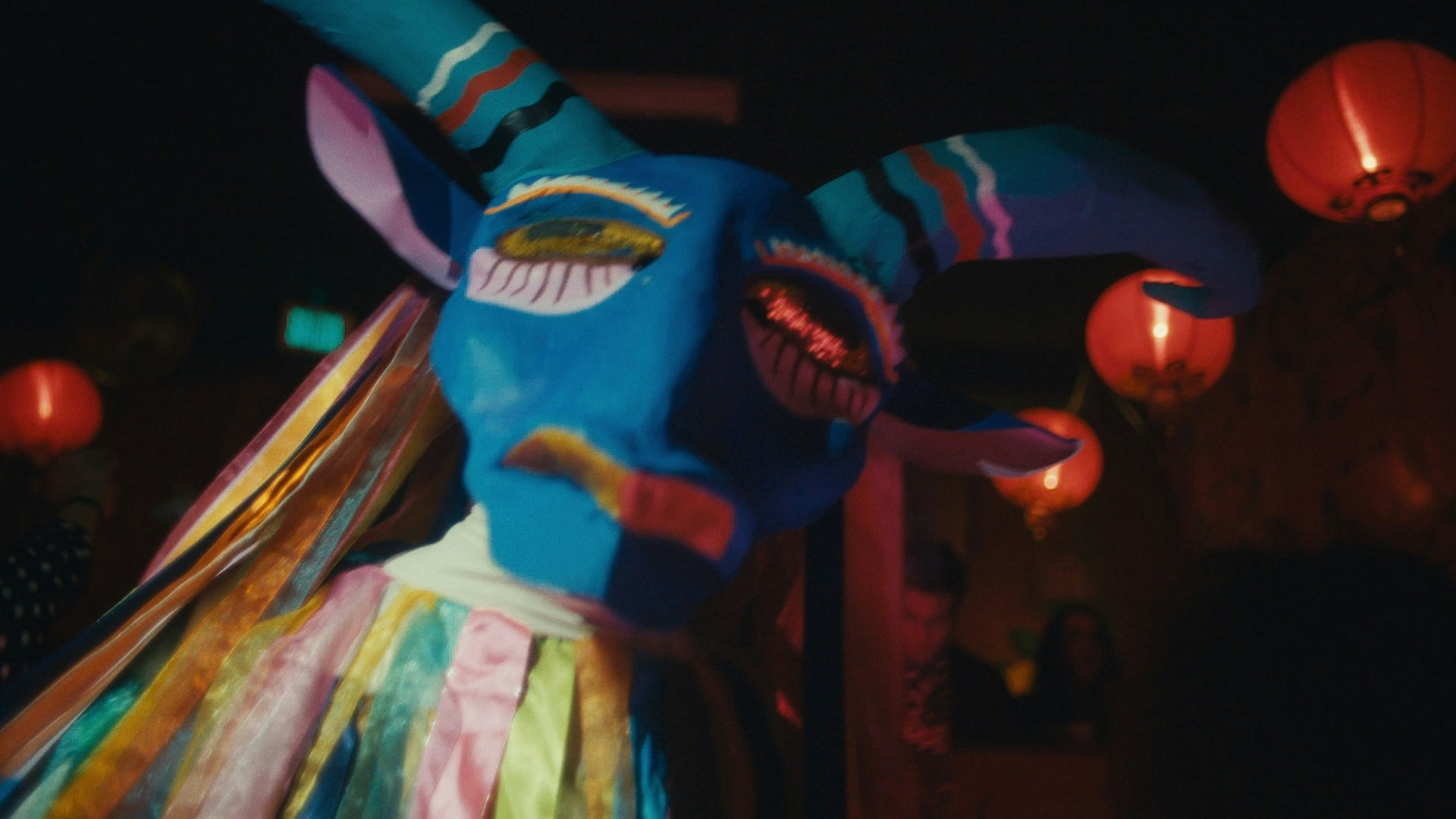
Fabrik: Do you get involved with colour or lighting during production or do you mainly focus on the post production?
Benjamin Rozario: My journey to becoming a colourist has been through my work in post production. That being said, I'm always keen to get involved with projects at the earliest opportunity. Being part of early discussions also allows me to examine the workflow prior to the grade session.
Fabrik: How would you compare the pace of work on promotional and branded content to short films?
Benjamin Rozario: It can be quite different. I would say branded and commercial content generally has more specific grade briefs (such as using colour swatches for product work) and tighter deadlines. I find the pace is more relaxed with short films. Schedules are seemingly more flexible and directors are keen to explore the grade process. I'm part of the BFI NETWORK x BAFTA Crew programme this year and recently coloured 4 micro short films created by fellow members. We scheduled 1 day per grade for each film, which is actually quite a bit of time considering the films are 60 seconds each! This allowed me to get quite creative in the grade and build some detailed looks. It also provided a great opportunity to work with some incredible emerging talent within our industry.
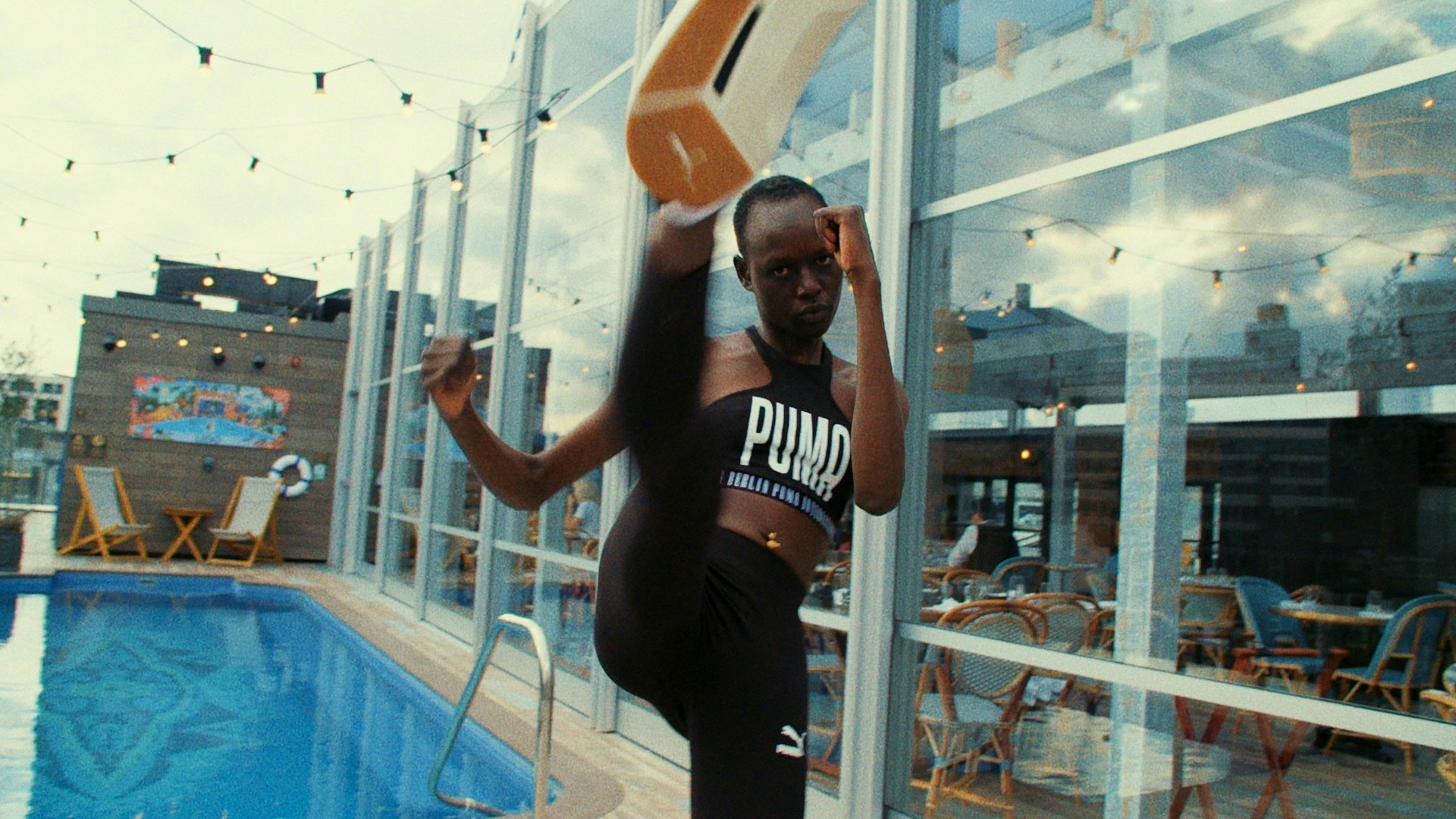
Fabrik: What are some of the most challenging parts of being a colourist and what are the most rewarding?
Benjamin Rozario: At the start of my career, I found time management challenging. Knowing how long to spend grading a shot based on the time you have available for a project. For example I might have over 700 cuts to grade in a single day for a 44 minute TV documentary. Compare that to a commercial which might have less than 50 cuts for the same amount of grade time. Staying organised and keeping on track is crucial, although I will say it's definitely something I gained with experience. The most rewarding part for me is creating great pieces of work. I love being invested in a project, really enjoying the grading process and diving into the detail. Of course I get huge satisfaction out of keeping my clients happy too! Such a great feeling when a project is signed off and they appreciate your work!
Fabrik: Are you able to give us insight on any exciting new projects that you may have in the pipeline?
Benjamin Rozario: I've got a lot going on over the next couple of months but not much I can discuss. Keep an eye on the website for my latest work!
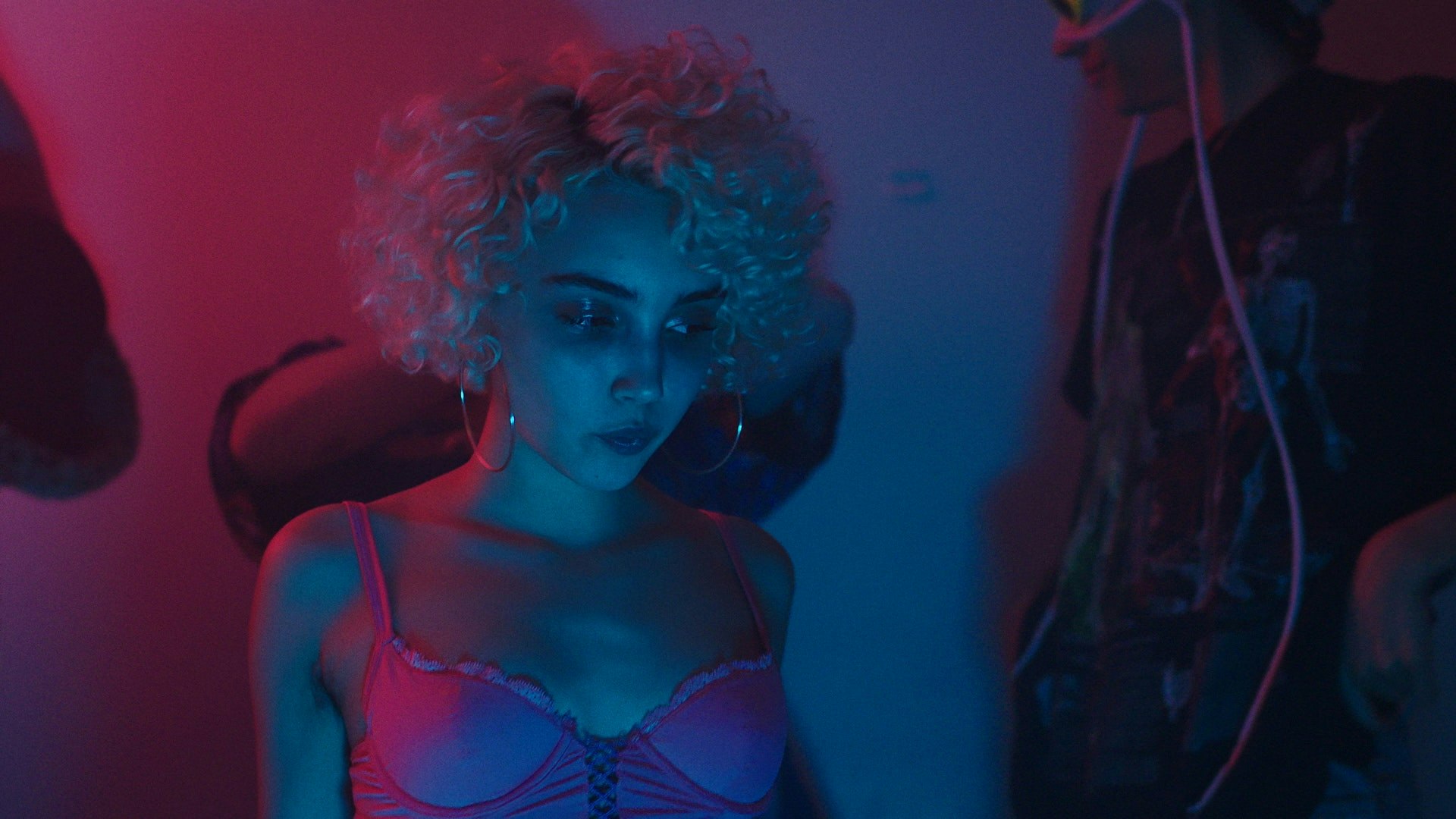
Fabrik: Final question. What do you like most about Fabrik? What's your favourite feature?
Benjamin Rozario: I'm really pleased I discovered Fabrik. A professional intuitive platform clearly designed with creatives in mind. Simple to use and easy to navigate without compromise. My favourite feature is how it organises your projects. I can add projects, separate out portfolios and rearrange the layout within minutes making website updates a breeze.
Get In Condition
We're always keen to see what you've created. Follow our social feeds and tag your new work with #onfabrik when you're ready to show it to the world. Apologies; we can't add spec work, ads or commercial content to our Maker or Conditioner series.


